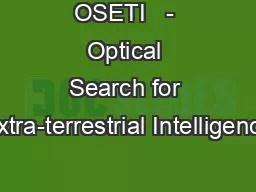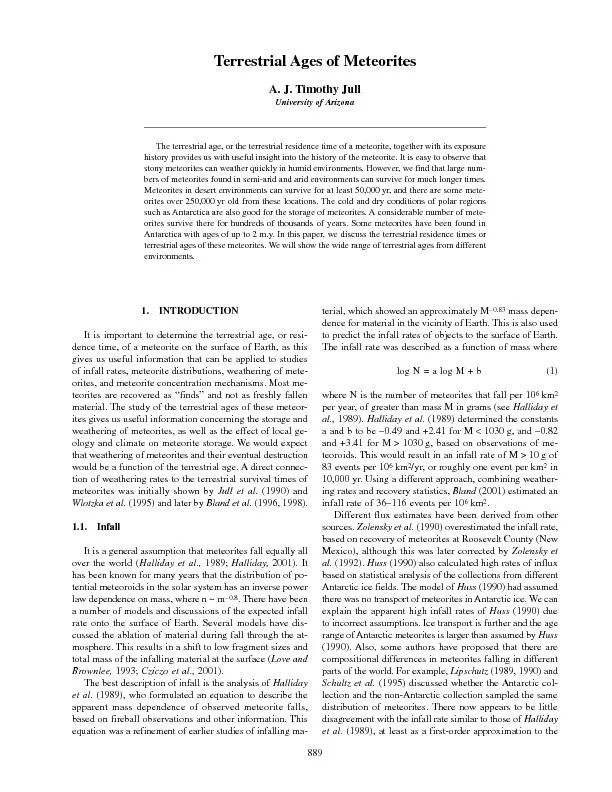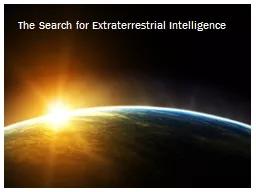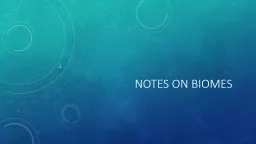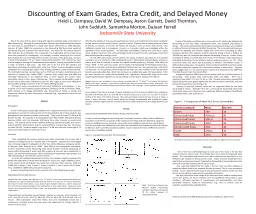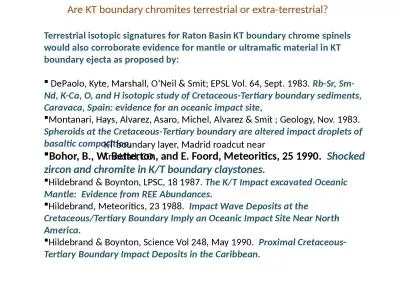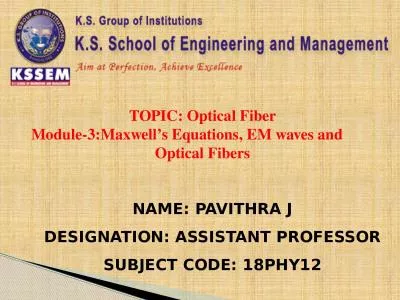PPT-OSETI - Optical Search for Extra-terrestrial Intelligence
Author : jewelupper | Published Date : 2020-08-27
Kristina Krylova kkrylovabuffaloedu University at Buffalo SUNY Dr Corbin Covault corbincovaultcwruedu Case Western Reserve University Abstract Over the last
Presentation Embed Code
Download Presentation
Download Presentation The PPT/PDF document "OSETI - Optical Search for Extra-terre..." is the property of its rightful owner. Permission is granted to download and print the materials on this website for personal, non-commercial use only, and to display it on your personal computer provided you do not modify the materials and that you retain all copyright notices contained in the materials. By downloading content from our website, you accept the terms of this agreement.
OSETI - Optical Search for Extra-terrestrial Intelligence: Transcript
Download Rules Of Document
"OSETI - Optical Search for Extra-terrestrial Intelligence"The content belongs to its owner. You may download and print it for personal use, without modification, and keep all copyright notices. By downloading, you agree to these terms.
Related Documents

